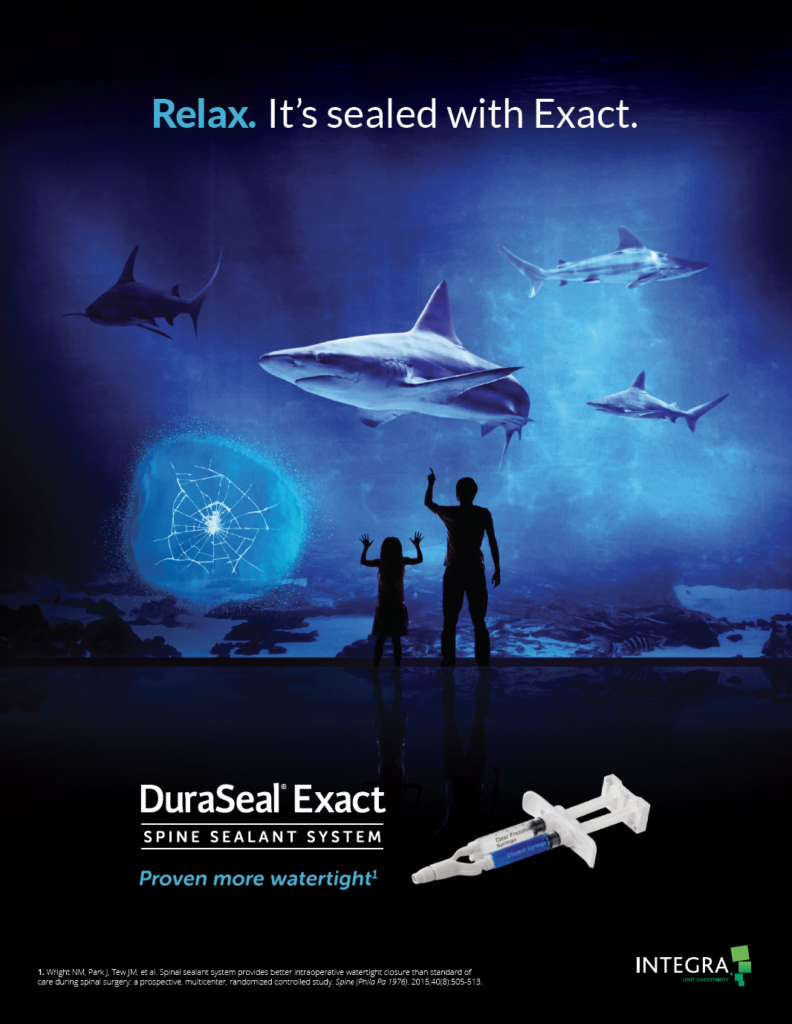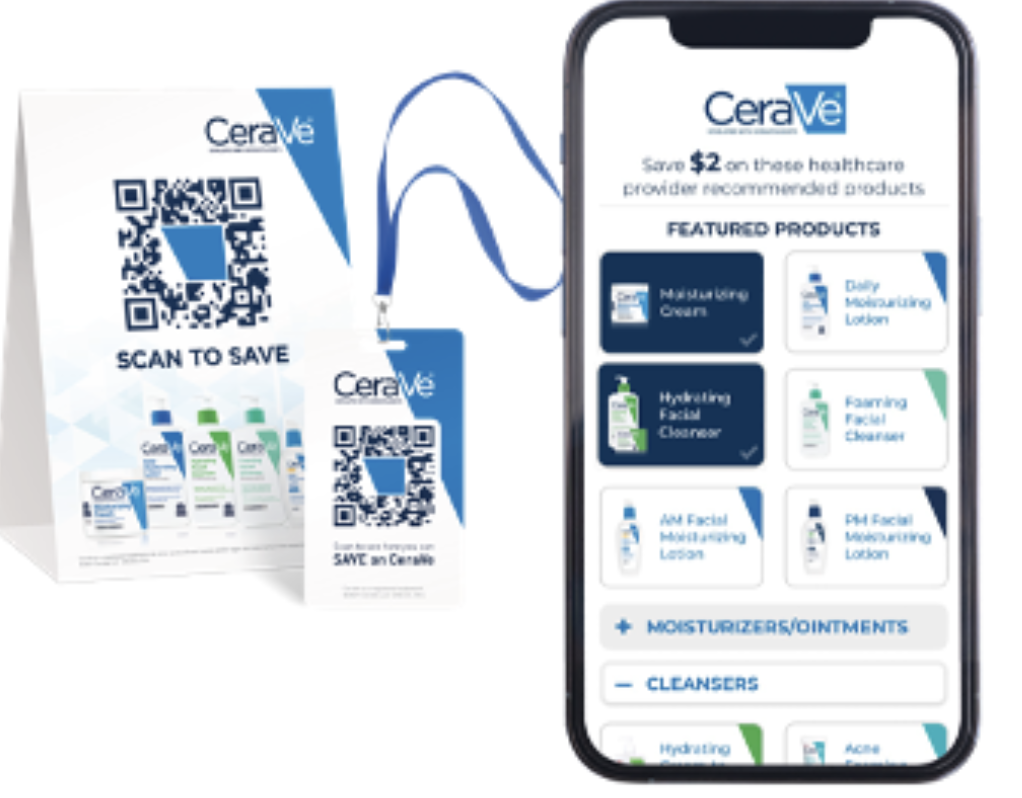Nothing gets a brand team more excited than the idea of uncovering a unique and truly meaningful insight.
A good insight can be a lantern in the dark.
A catalyst for what to do next and deliver real meaning and value for the customer audience. However, a good insight doesn’t always come together easily, and it can take effort to get it articulated in just the right way to be understandable and actionable.
A poor insight, on the other hand, can have a lot of negative trickle-down effects. Strategies and creative work that stem from a poor insight can create a lot of spin and spend on ineffective work, resulting in campaigns and tactics that fail to resonate or deliver a desired impact. It usually stems from a lack of alignment and understanding of what an insight is and what makes one worthwhile.
Why is getting a well-crafted insight so difficult?
It often begins with not really understanding what a real and useful insight is. The term “insight” is used in a wide variety of situations, often because it may mean different things to different stakeholders. Often, it is used as a proxy for simply uncovering some unknown fact. While that is part of it, that is not where insight ends. An insight really needs to get to a human truth—something that, when tapped into, can drive a useful behavior change—whether through creative, messaging, or developing a meaningful touchpoint of engagement.
I see more and more examples of what are perceived as insights, but they are not. So, let’s start with what is not actually an insight:
- Insights are not just statistics – “90% of doctors use social media for peer-to-peer learning during work hours.” While this is interesting, it is not an insight. It is a statistic about a specific behavior. Insights should uncover the motivation that drives that behavior—it needs to get to the “why,” not just the “what,” to figure out the multi-dimensional view that will make information meaningful and actionable for a brand to take advantage of in the real world.
- Generic or commonly accepted customer beliefs – If it is something that you think all customers fundamentally believe, then it is probably not unique or specific enough to leverage as an insight for your brand. Insights are new, true, and distinct learnings about your audience that enable you to hone in on something unique that would trigger a change in behavior.
- A single observation is not an insight – “One of the sales reps told me about a doctor that really liked when they did X.” Astute observations are a critical part of crafting an insight, but a standalone instance is not necessarily indicative of larger segment behavior and often is missing any overt action or connected outcome. Again, getting to the “why” and the motivation behind a certain behavior will help shape where and how to optimally influence the actual behavior change a brand is looking for.
- A direct statement of need is not an insight – Identifying customer needs is useful when thinking about the most important features and attributes that have meaning to that customer. If you hear your customer say, “I need…” then that is where you should start digging. It’s a great place to do a “Five Why’s” exercise to find the hidden struggle or challenge for a deeper understanding of the “why” behind the “want.”
Creating great and useful insights is not easy, and getting caught up in any of the above situations can easily set you down the wrong path. Now that we know this, let’s talk about what makes a good insight—one that can bring momentum to a brand, serve as a foundation for driving creative thinking, and inspire brilliant and impactful work.
What needs to go into crafting a compelling insight?
There are many definitions of what an insight is. Everything from the colloquial “a real human truth” to the more academic “an observation that provides an accurate and intuitive understanding of an unmet customer need” to the psychological “bringing the subconscious to a conscious level.”
An insight is truly a discovery.
It involves an existing behavior, a tension that results from an inability to meet an unmet need, and the motivators necessary to drive action toward successfully addressing and erasing those tensions. The underlying motivations are critical in an insight definition because they are what you can ultimately act on to influence behavior.
So, a well-constructed insight is a deep observation that:
- Is new, true, and distinct, yet it is often neither obvious nor articulated
- Forms a link between what the target audiences thinks and feels and does
- Strikes an emotional balance between aspiration and practical need
Once you have this figured out, it’s always best to write out your insight in the first person from the perspective of your customer or audience and write in a way that people actually speak. Avoid brand or industry jargon or overcomplicating it. Just be real. Insights need to be phrased carefully and precisely and are often an exercise in editing. If they are too vague, the application and opportunity spaces they lead to are usually too vague as well.
Once you have it written, then ask yourself the following questions and see if it helps address one of them:
- Is it an untapped or compelling belief or practice about the condition, category, and/or behaviors, which, if tapped, would lead customers to choose your brand?
- Is it a perceived or real weakness of a competitive product you can exploit or capitalize on?
- Is it an attitudinal barrier to overcome in the minds of customers regarding your brand?
If so, awesome! You have crafted your insight.
Let’s look at an example or two so you can see what I mean.
Example: DuraSeal Exact Dural Sealant.

For Ortho-Spine surgeons, performing spinal surgery is not without concerns. Incidental durotomy, for example, can lead to persistent cerebrospinal fluid leakage (CSF leak), which may cause serious complications.
Through qualitative research with these surgeons, it was learned:
- These doctors are thoughtful and controlling fixers who bring their practical problem-solving skills to their spine procedures and control them as much as possible from start to finish.
- They believe that despite best efforts (suturing + sealant use), they will occasionally get a CSF leak.
- With a lot of general sealants to choose from and no guarantee, their unmet need was a dural sealant that achieves total CSF leak prevention in the spine.
Interviews and research with surgeons revealed that what they really needed was not something as simple as a product promise of working; what they really needed was the peace of mind that when they performed the surgery, their work would not be compromised. This emotional component and point of tension around an inability to relax became the core element of our insight.
Customer Insight:
“I cannot relax until the patient is out of danger and the risk of a CSF leak has passed (the worry lasts beyond the surgery, usually one to two weeks more).”
To get these surgeons to switch their choice of sealant to DuraSeal Exact, we tapped into that fear and combined it with the product benefit of being engineered to have the appropriate strength and optimal persistence to achieve watertight closure in comparison to fibrin glue. The resulting creative helped tap into that emotional level to convey the peace of mind they desire.
However, not all insights are connected to developing strong creative and messaging opportunities. Sometimes they are more specific in addressing pain points along the customer journey that help solve gaps effectively as well.
Example: CeraVe OTC Recommendations
For dermatologists, starting patients with an over-the-counter (OTC) option can be more affordable and help minimize the number of prescription drugs a patient must manage. With so many options to choose from, consisting of various ingredients that can potentially worsen a skin issue, a branded recommendation from a doctor can be important.
Through quantitative and qualitative research with patients and dermatologists, we learned:
- Doctors will recommend specific brands to patients based on a variety of factors, including cost, accessibility, and ingredients.
- Patients view a branded recommendation from a doctor as practically the equivalent of getting a script and will purchase that brand if they can.
- Beyond the point-of-care interaction, patients sometimes forget the brand, lose the coupon provided, and abandon getting the recommended brand.
Customer Insight:

“My recommendation is meaningful, but my chance to influence their behavior fades the second they step out of my office.”
To address this, we collaborated to develop a branded mobile coupon experience that can be scanned at point-of-care; the doctor can then help the patient select the right products, which would be redeemable at many local retail options. This helps the doctor, patient, and the brand, as coupons are often used to help convert a dermatologist’s recommendation to an actual purchase on the shelf. Paper coupons, however, require restocking, can get lost along the way, and often don’t have practice-level tracking.
So, how do I uncover insights?
Successful insight development starts with gathering information on your customer…as much as you can. It typically involves qualitative or quantitative market research, data mining, or directly observing customers’ interactions and experiences, all for a specific category or customer segment.
Information sources we like to use at DiD:
- Looking for patterns in customer behavior data: Leveraging our in-house Business Intelligence Engine called Lucid Connect Intelligence (LCI), we mine through millions of patient healthcare interaction data points, looking at diagnosis, Rx, procedure, demographic, and geographic data. We then analyze it by looking at patient population and market definition, epidemiology analysis, journey mapping, target segmentation and identification, and HCP behavior trends to help define, validate, or uncover new areas where unmet needs or behaviors seem to be.
- Speaking directly to target audience (and sales reps who call on them): Through qualitative and quantitative research, we test hypotheses and dig into peeling back the behaviors and the potential beliefs and attitudes that shape them. Through interviews, focus groups, ad boards, or online surveying, we talk with patients, HCPs, and even sales reps/teams, to find meaningful drivers of actual customer behaviors.
- Through social listening: Our medical and scientific directors can help uncover real-world perspectives by reviewing what professional audiences are saying and discussing them on personal and professional social platforms. Tapping into frequently sought-after information gaps between HCPs, actual experiences HCPs had in patient situations, and general points-of-view shared, these moments can reveal tensions, unmet needs, or insufficient information that may not show up in other conversation opportunities.
Then it turns to that part art/part science effort to synthesize all that data and information and distill it down to relevant and identifiable knowledge and understanding about the customer.
It’s worth the effort to get it right.
As customer experiences take center stage, so does the need for a more profound and compelling insight definition. Insights form the cornerstone of the design and innovation process, a lighthouse on the horizon for what you should do next, or a catalyst for creating new value for our customers. So, to recap, if your insight does the following, you will have shined the light on something you can truly use to your advantage:
- WELL INFORMED: Does it come from a legitimate source of research that validates it from multiple data points?
- BEYOND OBSERVATIONS: Does it address the frustration or tension and consider why something is happening? Does it connect to true motivation and solve a real problem that customers have today?
- FUTURE STATE: Does it help address an understanding of, “why does that matter?” Does it inspire action and help relieve a point of tension?
- STICKY: Is it easy to remember and inspire stakeholders? Does it inspire immediate decision-making?
- ACTIONABLE: Can you connect it back to a meaningful opportunity or solution that you can implement? Does it help you know what you need to do next and how to create new value for your customers that can elicit behavior change?
The effort to get to a real, relevant, and actionable insight will pay dividends and can fuel creativity and help build meaningful customer experience and engagement that can propel a brand in the minds of customers.
